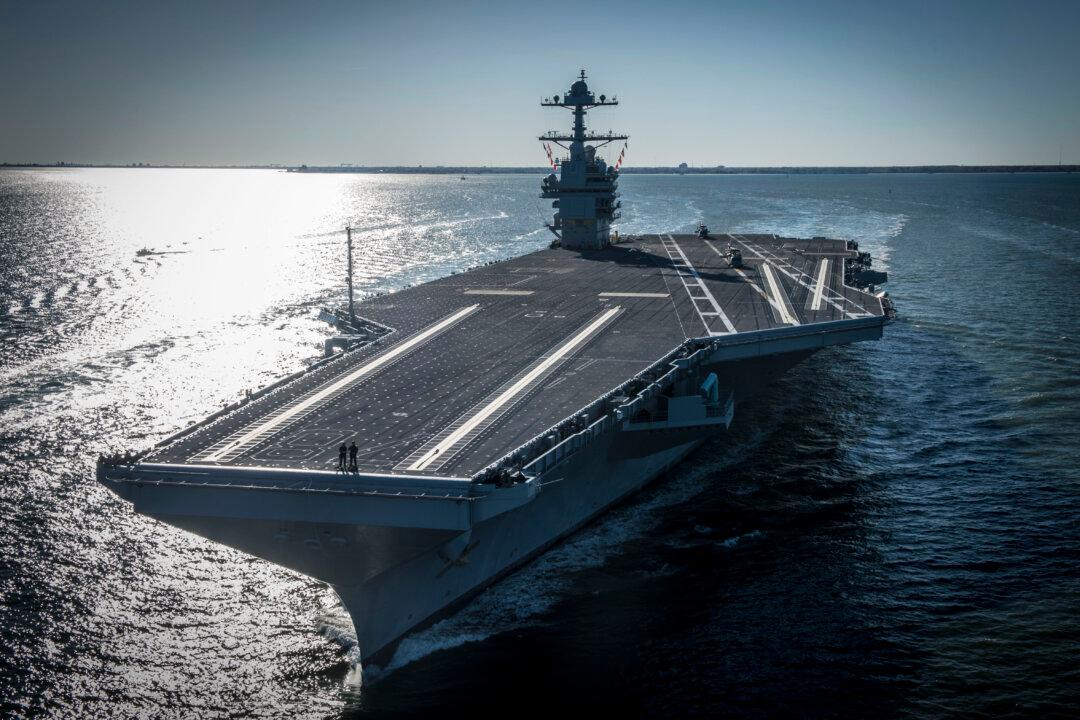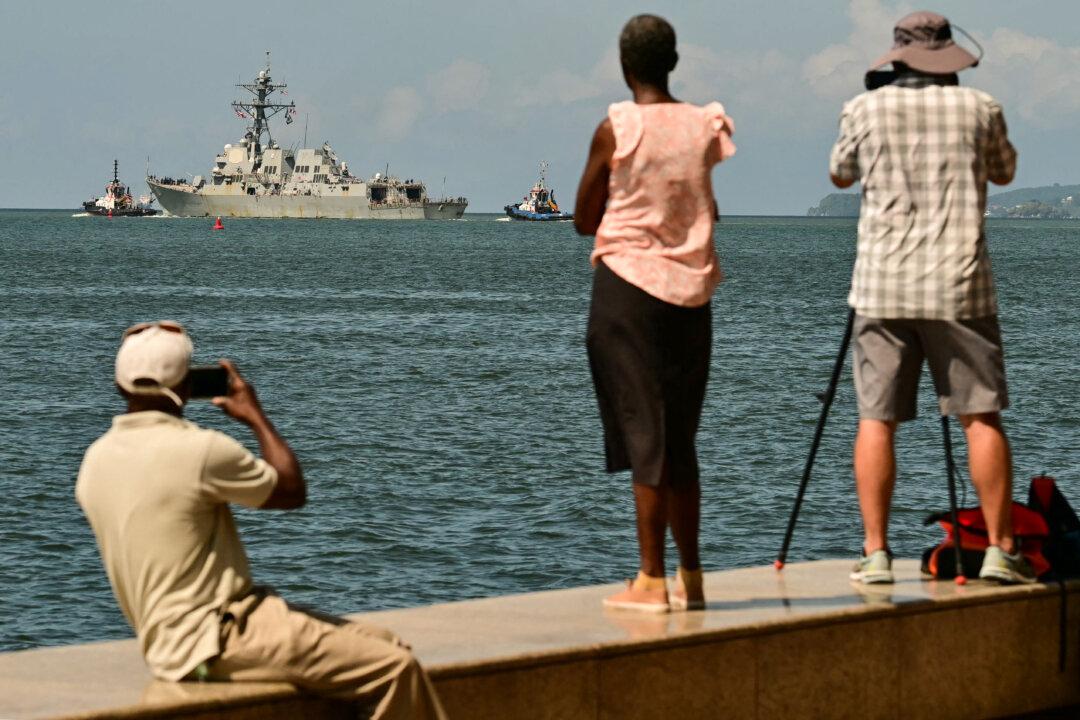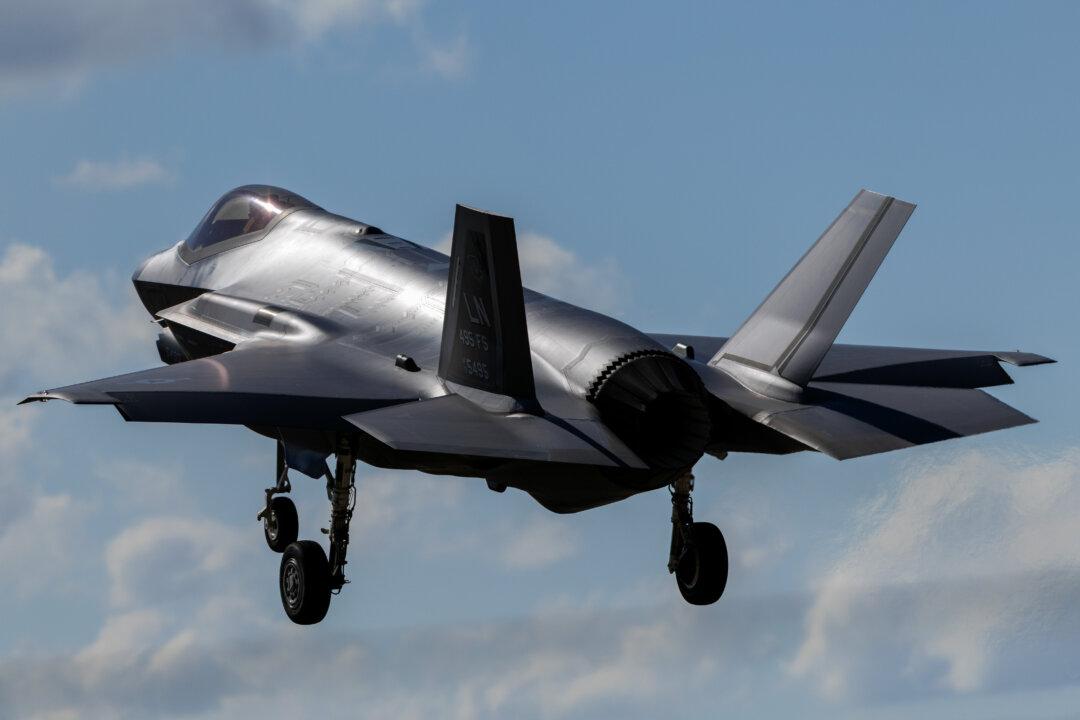Commentary
The upfront cost of a Gerald R. Ford-class aircraft carrier was supposed to be modestly more than its predecessor, the Nimitz class. It was supposed to be able to generate a significantly higher number of sorties over any given time period. Its lifecycle cost was supposed to be less than that of the Nimitz, and it was supposed to be able to operate with 1,200 fewer crew members.





